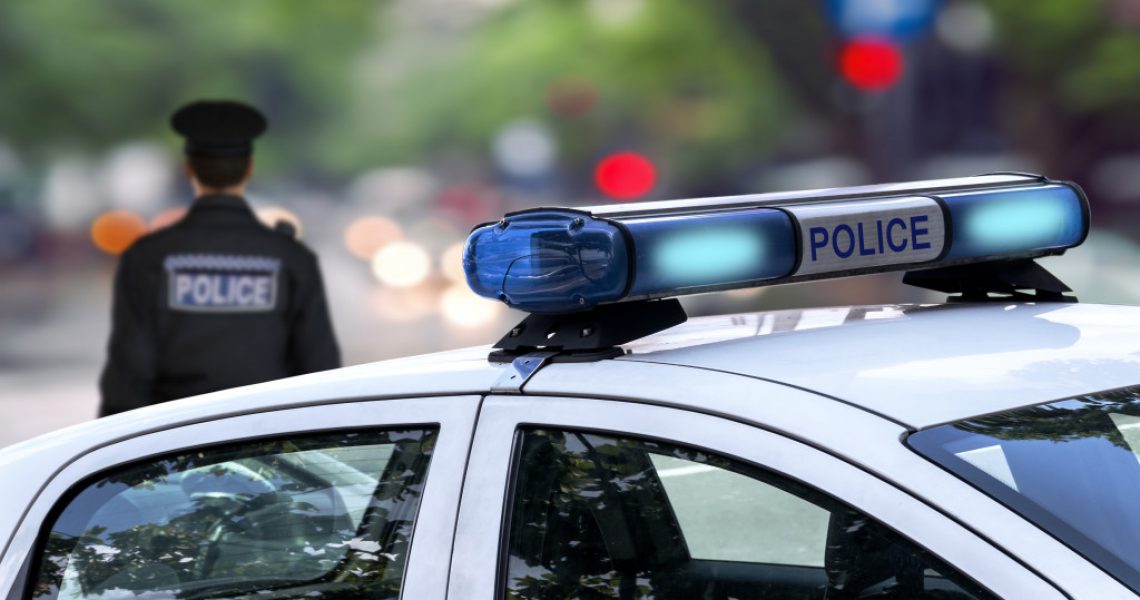Technology is present in all aspects of modern life. It is no surprise that it is already in use in law enforcement.
New devices are revolutionizing police work all over the world. Working as a police officer is no longer just sitting on a desk with a pile of paperwork or sitting in a patrol car to keep the streets safe. They get to test new gadgets to help prevent crimes.
In fact, here are some new technologies that are now in use in law enforcement.
Robotic Cameras to Keep Enforcers Safe
The work of police officers is dangerous. They are often sent to respond to crimes and have to risk their lives to protect others. Even in disasters, they are involved in rescue operations.
The police cannot be everywhere at once. So, to aid police officers, some cities are deploying robotic cameras that can be controlled remotely. These gadgets can be thrown in hard-to-reach areas that humans cannot penetrate safely. They are entering suspicious vehicles and homes, for example, in search of bombs, or they can be utilized to search for survivors in case of an earthquake.
The Brazillian police even used robotic cameras to patrol Rio de Janeiro during the 2016 Summer Olympics. The PackBot 510, which carries four cameras and can crawl by about 6 miles per hour, was deployed to inspect suspicious packages in places where sports events were being held and where sports fans congregate.
Automatic License Plate Recognition for Immediate Action
The police already carry a speed gun to apprehend drivers who are driving beyond the speed limit. What if they are also equipped with a device to recognize license plates and check existing databases for suspicious vehicles.
Officers will be able to intervene and apprehend drivers that have broken the law before they get away. POLICE Magazine says that the automatic license plate recognition (ALPR) system has led to faster and more efficient identification, screening, and recording of license plates of more vehicles compared to an entire squad doing the same work.
With ALPR, officers can stop vehicles and apprehend more drivers within a shorter period.

Gunshot Detection to Immediately Deploy Officers
ShotSpotter is a system that recognizes when a gun is fired and tells exactly where it happened. It is still a fairly new technology and has room to improve, but it has proven to be a useful tool for law enforcement.
The system can identify the pop of a firecracker versus a gunshot. It is always on the listen for the distinctive sound of a weapon being fired within the neighborhood. As soon as it detects gunfire, it immediately alerts the police department, which sends officers to the location to check.
Since it was implemented, law enforcement has been sent to the scene within a minute after a gunshot was heard.
More impressively, the system can estimate how many shooters are involved and the type of weapon used. People are still encouraged to call emergency numbers in case of an active shooting, but ShotSpotter ensures that law enforcement will be notified faster so they can act quickly and save more lives.
Portable Forensic Expert
Officers who need to conduct investigations can now use handheld lasers to gather more information. It sounds like a scene from a sci-fi show, but it is actually real and already in use. More departments are equipped with handheld laser spectroscopy devices that can analyze and identify the chemical composition of an unknown substance. All one needs to do is point it at a surface and see what kind of matter was left behind by the suspect or the victim, making solving the crime easier and faster.
Law Enforcement from Above
The police are also utilizing unnamed aircraft systems or drones. Drones are convenient to use because they can obtain information without a human piloting it. Since control of it is remote, it does not endanger the lives of police officers.
If deployed, UAS can fly and survey disaster areas and search for suspects. It can also transport goods from one site to another to save time or if in-person deliveries are not possible, especially in war-torn areas.
UAS are still not used widely despite the potential of the technology because of regulation and concerns from the public.
The integration of these electronic devices into law enforcement will make the world so much safer. They allow the police to respond to crimes faster and more efficiently. Moreover, they can save lives.

